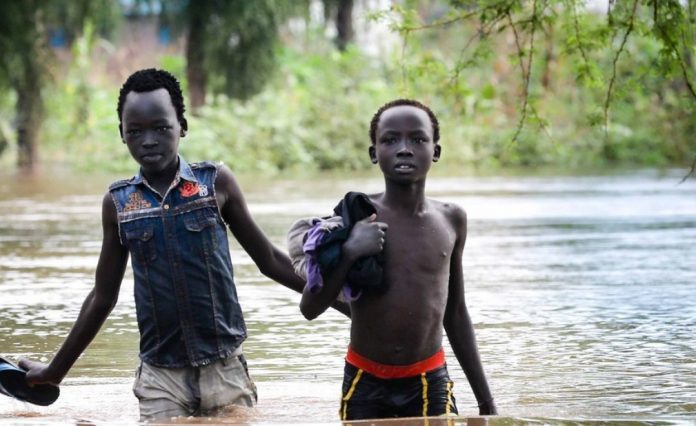By Okech Francis
Juba — Aid groups are predicting a sharp increase in food insecurity in South Sudan after weeks of torrential rain destroyed thousands of acres of cropland, washed away livestock and grazing pasture, and disrupted markets and trade.
South Sudan’s lean season, or hunger gap – the period between harvests when households run out of stored food – typically falls between March and August. But after the substantial crop losses, it is now expected to come as early as January.
Food distributions will need to be stepped up in the coming weeks and months to cope with the almost one million people affected, Meshack Malo, country representative at the UN’s Food and Agriculture Organisation (FAO), told The New Humanitarian.
More than 420,000 people have been displaced by the unusually heavy rains – many in areas where humanitarian needs were already sky-high following five years of conflict.
Aid groups say fragile gains made since a September 2018 ceasefire deal risk being reversed, with the rains forecast to continue through December.
A resurgence of conflict that prevents populations from accessing food sources or humanitarian assistance would likely now lead to famine conditions in areas where food insecurity is already severe, according to US-funded famine monitor FEWS NET.
In a sign of the lingering insecurity, the UN peacekeeping mission deployed Nepalese blue helmets last week to Western Lakes State – which has not been affected by the floods – after fighting between the Gak and Manuer communities left 79 people dead and more than 100 injured.
The floods, which began in June, have been driven by a weather phenomenon called the Indian Ocean Dipole. Almost three million people have been affected across East Africa, including Kenya – where at least 120 people died in recent landslides – and Somalia, where roughly 370,000 people have been displaced.



